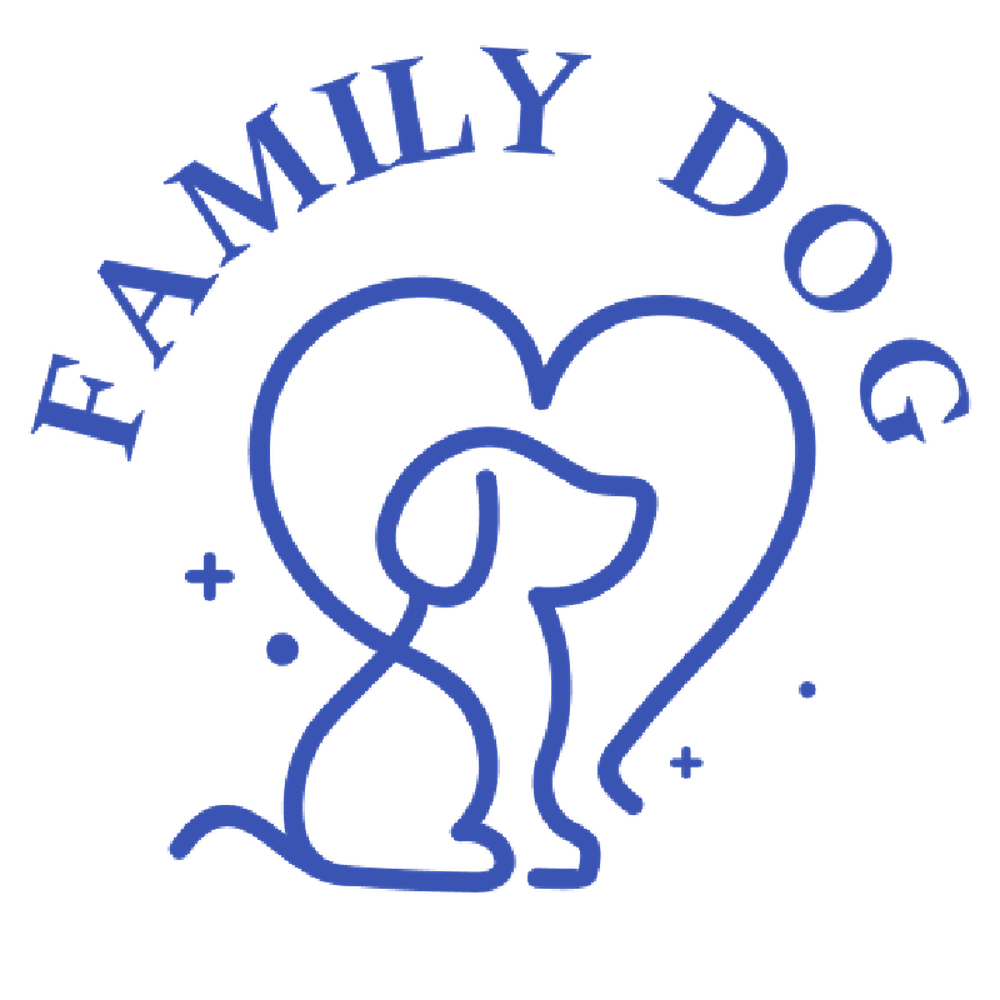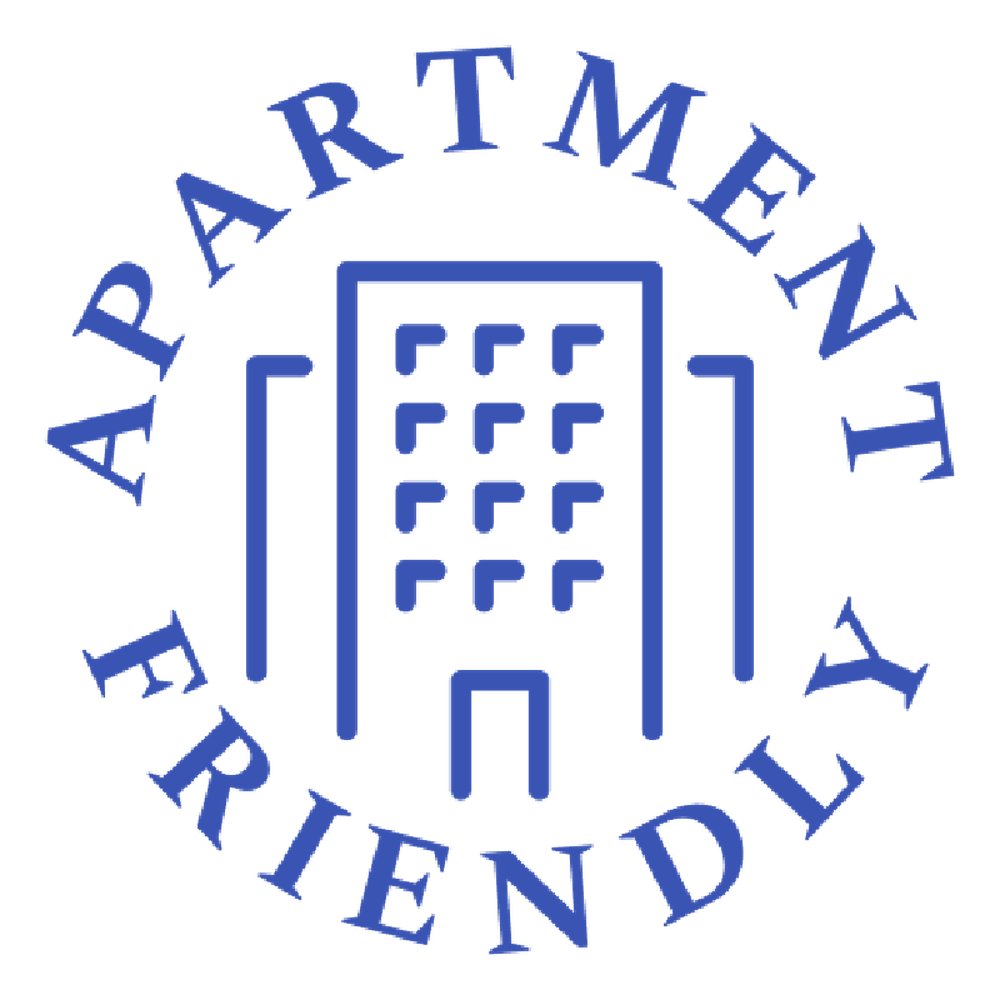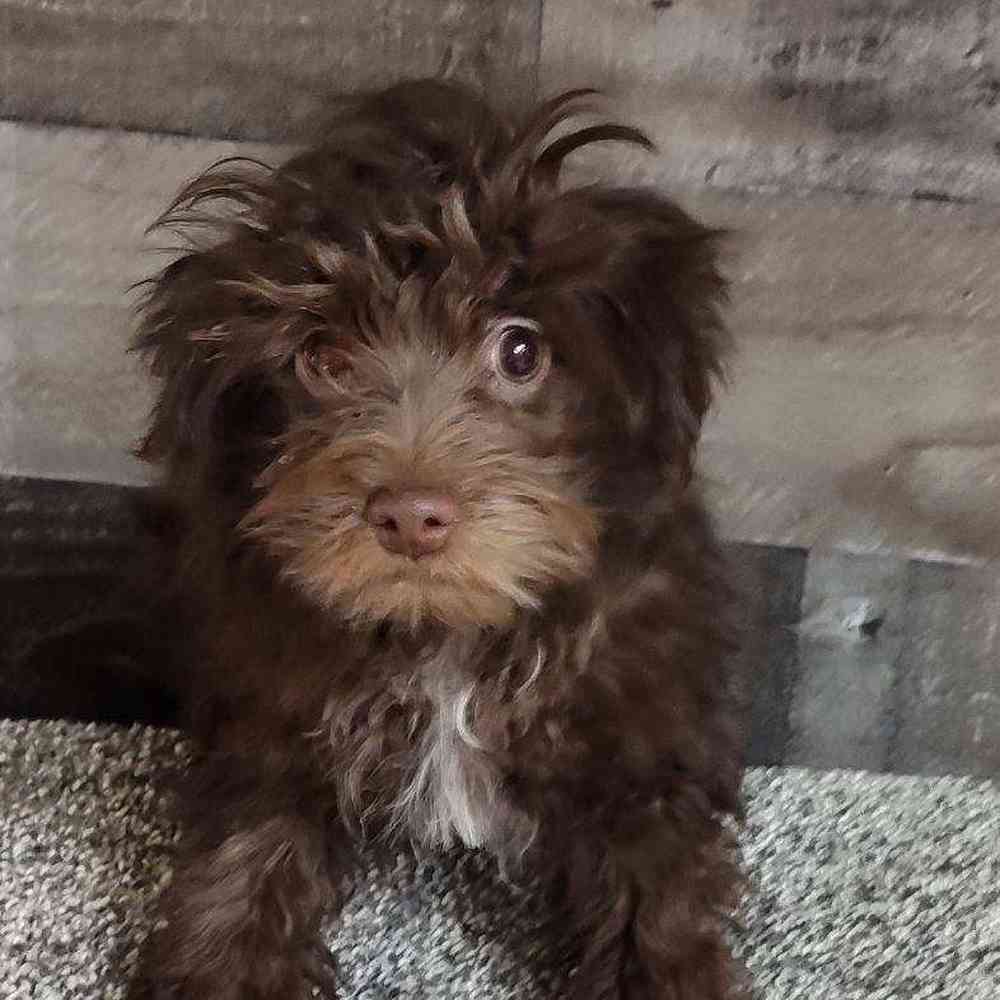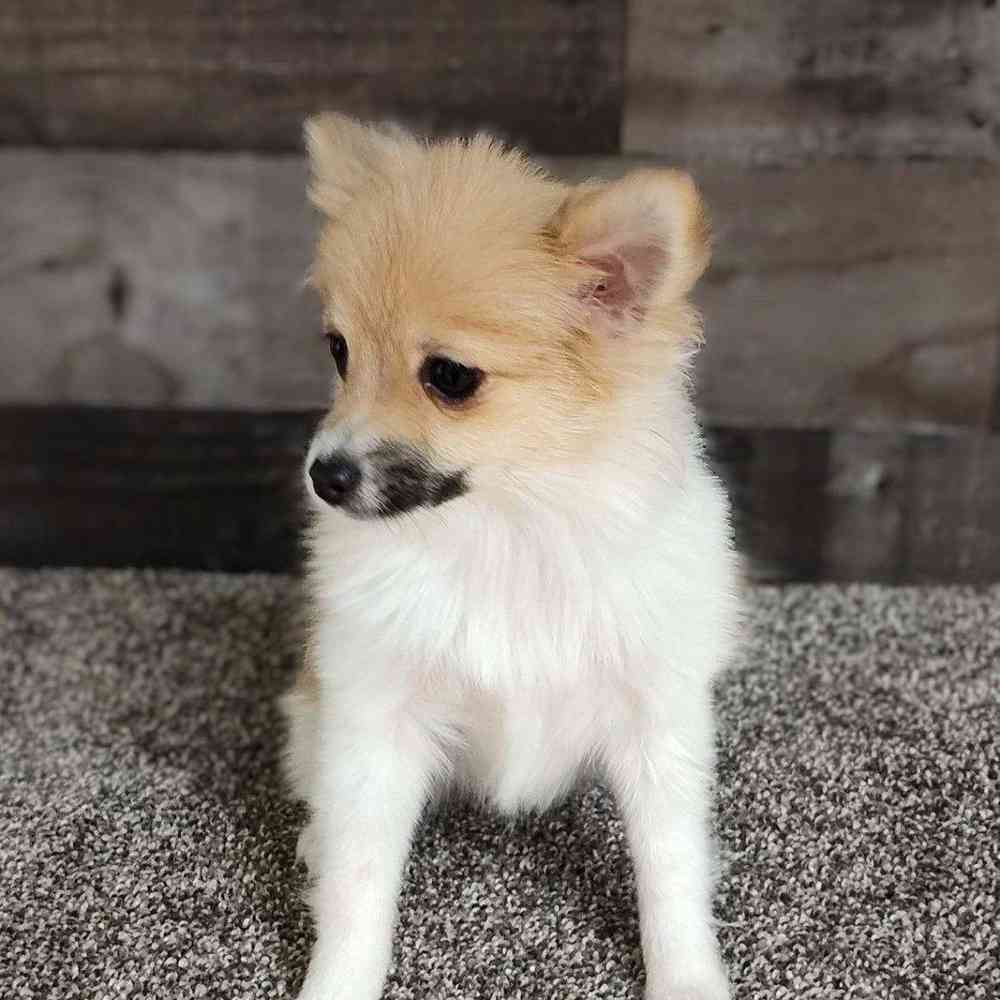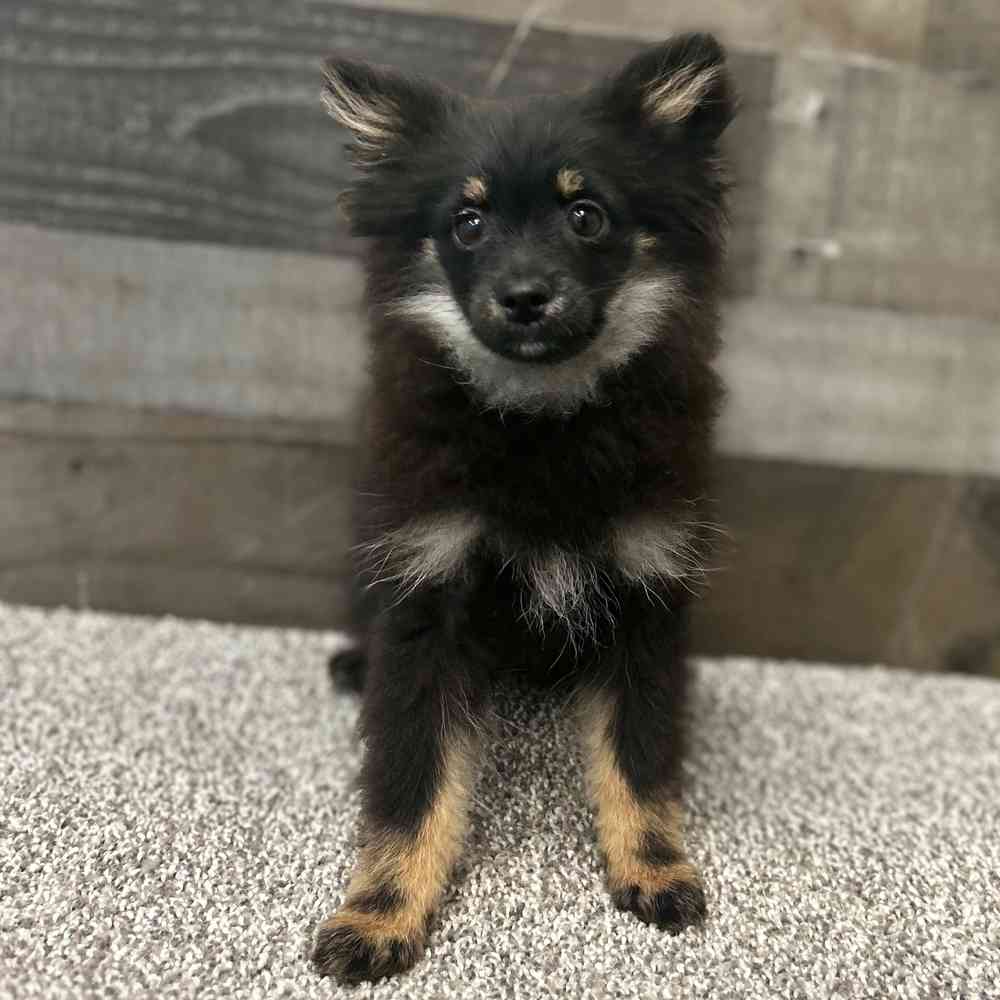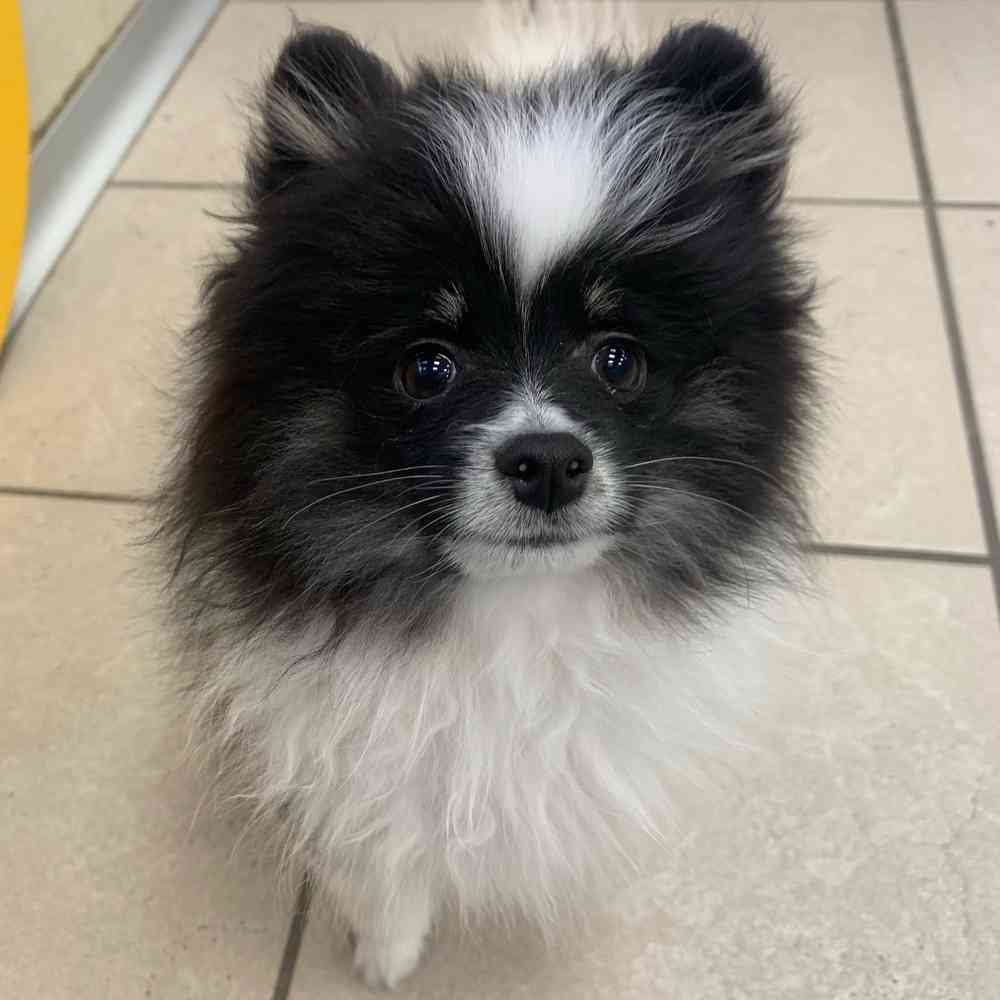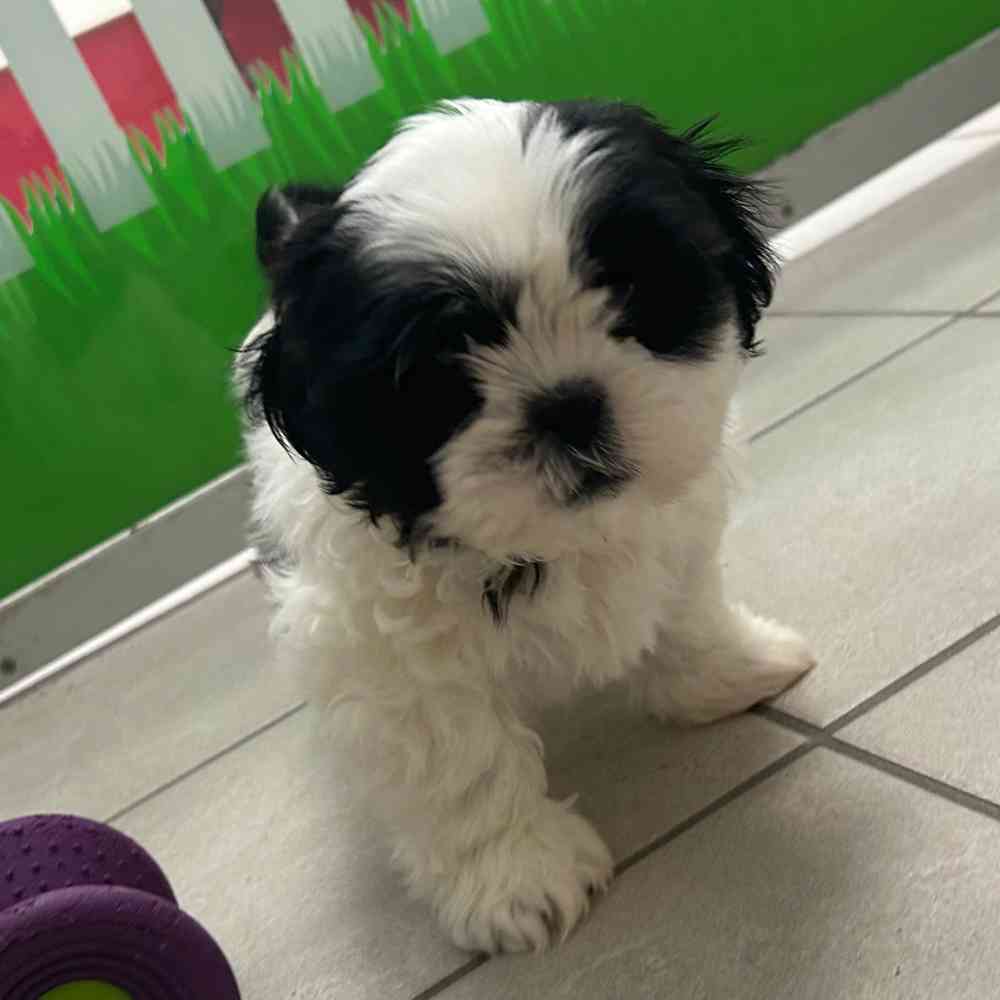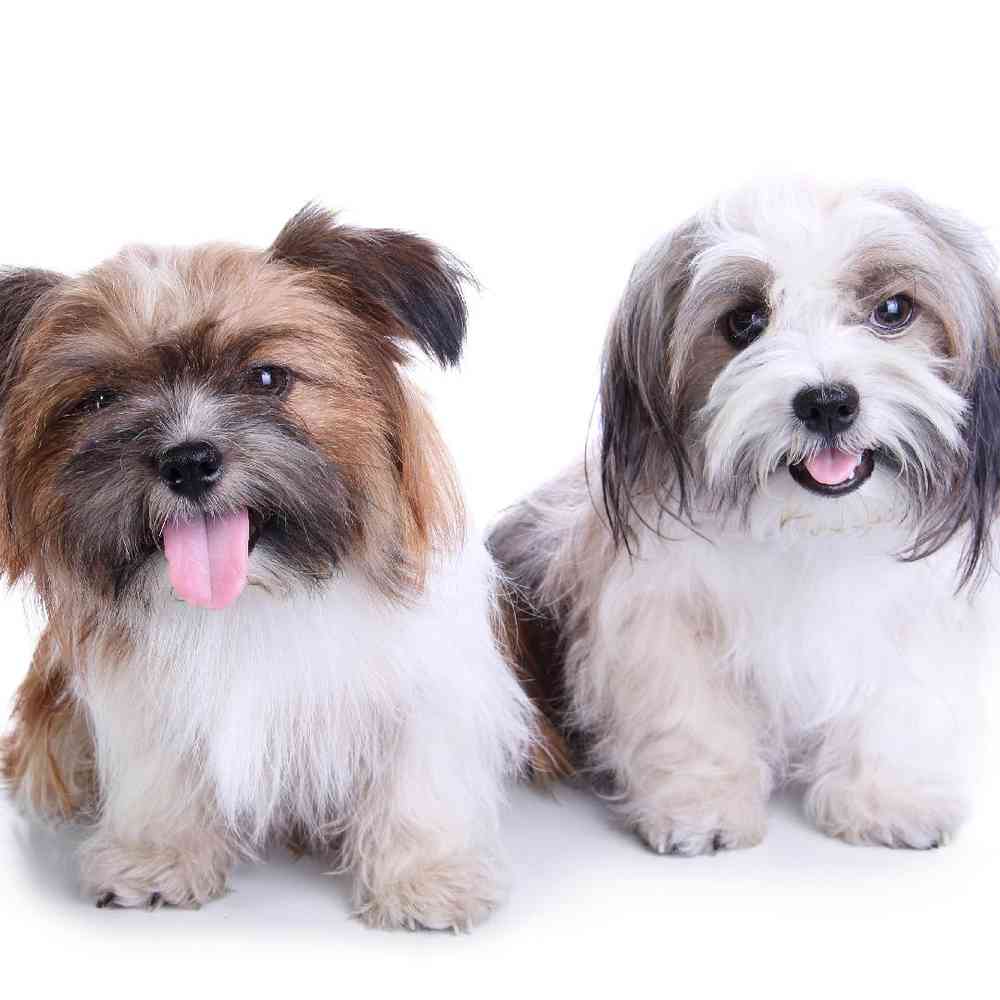
AKC - BL/WH C
Family Dog - Blue Transparent
Apartment - Blue Transparent
Havanese
Havanese, the only dog breed native to Cuba, are cheerful little dogs with a spring in their step and a gleam in their big, brown eyes. These vivacious and sociable companions are becoming especially popular with American city dwellers. Browse available Havanese puppies for sale.
Available Pets
Puppy Knowledge
Breed Info
Clubs, Registries & Associations
American Canine Association Continental Kennel Club Universal Kennel Club International American Kennel Club United All Breed Registry America's Pet Registry, Inc. United Kennel Club (Based on breed recognition. See store for details on this particular puppy.)
Heritage
The Havanese is the National Dog of Cuba, arriving there from Europe in the 17th century. A member of the Bichon family, the Havanese was known as the Havana Silk Dog and the Spanish Silk Poodle.
Description
Small, 8-11” at the shoulders, weighing anywhere from 7-14 pounds. The Havanese is a strong and sturdy little dog with a long (6-8”) double coat that comes in colors of white, cream, gold, brown, black, silver, blue, parti and tri-color. Both outer and under coats are soft and lightweight to ensure protection from the sun and as a cooling agent because this breed is from a tropical climate. This also means that this breed needs to be kept warm in cold temperatures, in spite of having a double coat.
Exercise/Energy Level
The Havanese requires a daily walk or jog with off-leash play in a safe area. Get your veterinarian’s approval before exercising your Havanese in cold weather because this tropical breed does not do well in cold temperatures.
Breed Standard
General Appearance
The Havanese is a small sturdy dog of immense charm. He is slightly longer than tall, and covered with a profuse mantle of untrimmed long, silky, wavy hair. His plumed tail is carried loosely curled over his rump. A native of Cuba, he has evolved over the centuries from the pampered lap-dog of the aristocracy into what he is today - the quintessential family pet of a people living on a small tropical island. His duties traditionally have been those of companion, watchdog, child’s playmate and herder of the family poultry flock. His presentation in the show ring should reflect his function – always in excellent condition but never so elaborately coifed as to preclude an impromptu romp in the leaves, as his character is essentially playful rather than decorative. While historically always a toy dog and therefore never overly large or coarse, he does not appear so fragile as to make him unsuitable as a child’s pet. His unique coat reflects centuries in the tropics, and protects against heat. It is remarkably soft and light in texture, profuse without being harsh or woolly. Likewise, the furnishings of the head are believed to protect the eyes from the harsh tropical sun, and have traditionally never been gathered in a topknot for this reason. In both structure and gait, the Havanese is not easily mistaken for any other breed. His characteristic topline, rising slightly from withers to rump is a result of moderate angulation both fore and aft combined with a typically short upper arm. The resulting springy gait is flashy rather than far-reaching and unique to the breed. The overall impression of the dog on the move is one of agility rather than excessive ability to cover ground. These characteristics of temperament, structure and gait contribute in large part to the character of the breed, and are essential to type.
Size, Proportion, Substance
The ideal height is between 9 and 10½ inches, with an acceptable height range from 8½ to 11½ inches. Height at withers under 8½ inches or over 11½ inches is a disqualification, except that the minimum height shall not apply to dogs or bitches under twelve months of age. The height is slightly less than the length from the point of shoulder to point of buttocks, creating a rectangular outline. The Havanese is moderately boned and should never appear coarse or fragile.
Head
The expression is soft, intelligent and mischievous. Eyes are large, dark brown and almond-shaped. Chocolate dogs may have somewhat lighter brown eyes. Eye rims are solid black for all colors except for chocolate dogs which have solid brown eye rims. Incomplete or total lack of pigmentation of the eye rims is a disqualification. Ears are broad at the base, dropped, and have a distinct fold. They are set high on the skull, slightly above the endpoint of the zygomatic arch. When alert, the ears lift at the base but always remain folded. Ear leather, when extended, reaches halfway to the nose. The skull is broad and slightly rounded. The stop is moderate and the planes of the head are level. The cheeks are flat. Length of muzzle is slightly less than length of skull measured from stop to point of occiput. The muzzle is full and rectangular with a broad nose. The nose and lips are solid black for all colors except for chocolate dogs which have solid brown pigment. Incomplete or total lack of pigmentation of the nose or lips is a disqualification. Any color pigmentation other than black or brown on the eye rims, nose or lips is a disqualification. Small depigmented areas on lips due to rubbing against canine teeth will not disqualify. A scissors bite is ideal and a full complement of incisors is preferred.
Neck, Topline, Body
The neck is of moderate length, in balance with the height and length of the dog. It carries a slight arch and blends smoothly into the shoulders. The topline is straight but not level, rising slightly from withers to rump. There is no indication of a roach back. The body, measured from point of shoulder to point of buttocks, is slightly longer than the height at the withers. This length comes from the ribcage and not from the short, well-muscled loin. The chest is deep, rather broad in front, and reaches the elbow. The ribs are well sprung. There is a moderate tuck-up. The tail is high-set and plumed with long, silky hair. It arcs forward over the back, but neither lies flat on the back nor is tightly curled. On the move the tail is carried loosely curled over the rump. The long plume of the hair may fall straight forward or to either side of the body. The tail may not be docked.
Forequarters
The tops of the shoulder blades lie in at the withers, allowing the neck to blend smoothly into the back. Moderate shoulder layback is sufficient to carry the head and neck high. The upper arm is short. Elbows are tight to the body and forelegs are straight when viewed from any angle. The length from the foot to the elbow is equal to the length from elbow to withers. Pasterns are short, strong and flexible, very slightly sloping. Dewclaws may be removed. The feet have arched toes and point straight ahead. Pads and nails may be any color.
Hindquarters
The hind legs are muscular with moderate angulation. Hocks are well let down; pasterns are parallel from hock to foot. The croup is slightly higher than the withers. Dewclaws may be removed. The feet have arched toes and point straight ahead. Pads and nails may be any color.
Coat
Silky to the touch, the coat is soft and light in texture in both outer and undercoat, although the outer coat carries slightly more weight. The coat is long, abundant and wavy. It stands off the body slightly, but flows with movement. An ideal coat will permit the natural lines of the dog to be seen. Puppy coat may be shorter and have a softer texture than adult coat. A single, flat, frizzy or curly coat should be faulted. A coarse, wiry coat is a disqualification. A short, smooth coat with or without furnishings is a disqualification. The coat may be corded. Corded coats will naturally separate into wavy sections in young dogs and will in time develop into cords. Adult corded dogs will be completely covered with a full coat of tassel-like cords.
Gait
The Havanese gait is lively, elegant, resilient, and unique, contributing greatly to the breed’s overall essential typiness. The characteristic "spring" is caused by the strong rear drive combined with a "flashy" front action effected by the short upper arm. While a truly typey dog is incapable of exaggerated reach and drive, the action does not appear stilted or hackneyed. The slightly higher rear may cause a correctly built specimen to show a flash of pad coming and going. The front legs reach forwardfreely. There is good extension in the rear and no tendency toward sickle hocks. The topline holds under movement, neither flattening nor roaching. Head carriage is typically high, even on the move.
Temperament
Intelligent, Outgoing, Funny
Disqualifications
Height at withers under 8½ or over 11½ inches except that the minimum height range shall not apply to dogs or bitches under twelve months of age. Complete absence of black ( or chocolate in the chocolate dog) pigmentation on the eyerims, nose or lips. Coarse, wiry coat. An atypical short coat on an adult. (Atypical refers to a smooth, flat coat with, or without furnishings.)
Faults
The foregoing description is that of the ideal Havanese. Any deviation from the above described dog must be penalized to the extent of the deviation keeping in mind the importance of the contribution of the various features toward the "original purpose of the breed."
Overview
Group
Toy
About
Distinctive features of the Havanese include a curled-over tail and a gorgeous silky coat, which comes in a variety of colors. Some owners enjoy cording the coat, in the manner of a Puli, and others clip it short to reduce grooming time. Happily, Havenese are just as cute no matter what hairdo you give them. Their small but sturdy bodies, adaptable nature, and social skills make Havanese an ideal city dog, but they are content to be anywhere that they can command the attention of admirers young and old alike. Havanese, smart and trainable extroverts with the comic instincts of a born clown, are natural trick dogs. Havanese are also excellent watchdogs and take the job seriously, but will usually keep the barking to a minimum.
History
The Havanese (singular or plural, the name’s the same) is from the ancient Bichon family of little white dogs and claims such breeds as the Bichon Frise and Maltese as probable common ancestors. Since the earliest days of human civilization, lively lapdogs of this type were bartered around the world by seafaring merchants. In all times and places, small, clever dogs that did no useful work were among the possessions that set royals and aristocrats apart from lower social classes. The native lapdog of Cuba’s aristocrats and wealthy planters was the Havanese, named for the capital city of Havana, where the breed gained greatest favor. Depending on the source, the breed’s forerunners were said to be brought to the island nation by Italian sea captains or by the Spaniards charged with colonizing the New World in the 1600s. During its approximately 300 years in the lap of Cuban luxury, the breed was refined, perhaps with Poodle crosses, into today’s Havanese, once called the Blanquito de la Habana (Havana Silk Dog). The pivotal event in the breed’s history came in 1959, with the Communist takeover of Cuba. Many well-heeled Cubans fleeing Fidel Castro’s revolution brought their little dogs with them to America. With the help of American fanciers, the refugees preserved and perpetuated the Havanese. The breed is now a popular choice for discerning pet owners around the world. Among celebrity Havanese owners were two of the world’s most celebrated writers. Ernest Hemingway fell under the Havanese spell during his 20 years in Cuba. About a hundred years earlier, Charles Dickens owned a tiny Havanese named Tim.
Standard
The Havanese is a small, sturdy dog of immense charm. The native dog of Cuba, he is beloved as a friendly, intelligent and playful companion. He is slightly longer than tall, with a long, untrimmed, double coat. The Havanese has a short upper arm with moderate shoulder layback and a straight topline that rises slightly from the withers to the croup. The plumed tail is carried arched forward up over the back. The unique springy gait is a result of the breed’s structure and playful, spirited personality. These characteristics of temperament, coat, structure and gait are essential to type.
Nutrition
The Havanese should be fed a high-quality dog food appropriate to his age (puppy, adult, or senior). Some Havanese can be prone to getting overweight, so watch your dog’s calorie consumption and weight level. If you choose to give your dog treats, do so in moderation. Treats can be an important aid in training, but giving too many can cause obesity. Give table scraps sparingly, if at all, especially avoiding cooked bones and foods with high fat content. Learn about which human foods are safe for dogs, and which are not. Check with your vet if you have any concerns about your dog’s weight or diet.
Grooming
The long, soft, and silky coat of the Havanese needs to be groomed daily to be kept free of mats and tangles. This can be done by gently running a comb or soft brush over the dog while he is on your lap. Pet owners often choose to have their dog’s coat clipped to a short trim to reduce grooming time. The Havanese should also be bathed occasionally as needed. The corners of the eyes should be gently cleaned daily to prevent tear-stain of the lighter-colored hair in the area. Check the ears often to remove excess wax or accumulated debris, and wipe out the inside of the ear-flap with a slightly moistened gauze or paper towel.
Exercise
The Havanese has moderate exercise needs. They will benefit from a brisk daily walk or a fun playtime with their owner in the backyard, as they are happiest when someone is with them. Romping inside the home can also provide enough activity. Never over-exercise a Havanese of any age. If they are panting and struggling to keep up, it is time to go home. Havanese do well in both houses and apartments, but they are not happy left alone for hours at a time.
Training
Havanese are highly intelligent and eager to please, and they are easily trained so long as you use only positive methods. This can be a sensitive breed, so care must be taken to not scold them harshly. Socialization from an early age is very important. Expose them calmly to a wide variety of new places and new people, always ensuring that the experiences are positive and not intimidating. Gentle, patient training will result in a wonderful companion dog. They are affectionate with people and get along with other nonaggressive pets.
Health
Havanese are generally healthy and fairly long-lived. There are several conditions that the breed can be prone to, including eye disorders, chondrodysplasia, deafness, heart murmurs, Legg-Calve-Perthes disease (which affects the hip joint), and patellar luxation. A responsible breederdoes health clearances on all breeding stock. The Havanese Club of Americapresents awards for members’ dogs passing and registering Orthopedic Foundation for Animals (OFA) results for at least four specific health tests for the breed: an annual eye exam (CAER), a hearing test (BAER), a hip x-ray, and patella (knee) certification.
Trivia
Did you know?
Queen Victoria and Charles Dickens both owned Havanese


